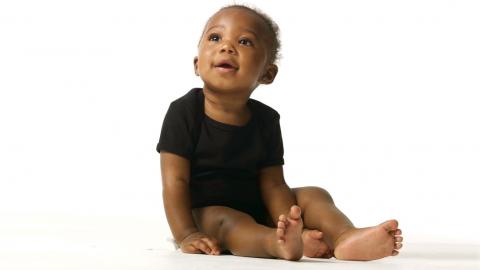How children first learn sound and words
See Barbara Schacter, LCSW's video on How children first learn sound and words...
Related Videos
Transcript
Expert Bio
More from Expert
Barbara Schacter, LCSWSpeech-Language Pathologist
Barbara was raised in New England, then attended The George Washington University for both undergraduate and graduate school. She began as a dance major, but soon realized that she might have had a colorful, but short career and she was looking for a profession that would inspire and challenge her for many years. As luck would have it, G.W.U. had an excellent speech pathology and audiology department. After receiving her Bachelor of Arts degree, the university offered her a fellowship for graduate school with an internship associated with not only their speech and hearing clinic, but with the George Washington University Hospital, as well.
After graduate school, she secured a position in a private school for children with language and learning disabilities. She followed that with a 10-year stint at a residential children's psychiatric center. Longing to work with a more varied population, she then worked in a public school in New Jersey. There, she developed and taught a language enrichment program for all kindergartners in the district and provided speech and language therapy for the two special education classes, as well as serving those students from kindergarten to sixth grade having articulation, fluency, voice, cleft palate, hearing impairment and language delays. In 1992, she moved to Los Angeles and was hired by Saint John's Health Center to participate as a member on their cleft palate team as well as providing pediatric and geriatric out-patient speech and language services. Several years later, she opened a private practice in Pacific Palisades, CA, which continues to this day. She is delighted to say that she still gets a thrill out of the work she does...and that is such a gift!




 GET ACCESS TO ALL PREMIUM CONTENT WITH NO ADS FOR $4.99/MONTH
GET ACCESS TO ALL PREMIUM CONTENT WITH NO ADS FOR $4.99/MONTH




Login or Register to view and post comments